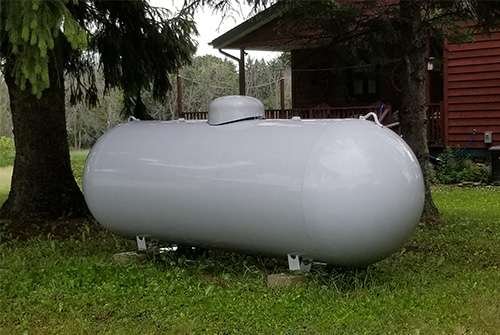The Ultimate Guide to Installing and Maintaining Propane Tanks

Propane tanks are a versatile and efficient source of energy, commonly used for heating, cooking, and powering appliances in both residential and commercial settings. Given the critical role they play in providing energy, proper installation and maintenance are essential to ensure safety, efficiency, and longevity. This guide will walk you through the essential steps and considerations for installing and maintaining propane tanks.
Choosing the Right Propane Tank
Before installation, selecting the right size and type of propane tank is crucial. Propane tanks range from small portable canisters to large stationary tanks. The size you need typically depends on your usage requirements:
- Small Tanks (20-100 lbs): Ideal for outdoor grilling, portable heating, and small cooking appliances.
- Medium Tanks (100-500 gallons): Suitable for residential homes that use propane for cooking, heating, and hot water.
- Large Tanks (500-1,000 gallons and more): Best for large homes or commercial use, where multiple large appliances and heating systems are in operation.
Installation Process
Proper installation of a propane tank involves several key steps and adherence to local regulations:
1. Site Preparation and Safety Checks
- Location: Choose a well-ventilated area away from heavy foot traffic. It should be placed on a stable, non-flammable, and level surface.
- Clearance: Ensure the tank is installed with proper clearances from buildings and property lines as defined by local codes.
2. Professional Installation
- Regulations: Always use a certified technician for installation to comply with national and local fire safety codes.
- Connections: All connections must be checked for leaks using a soap solution or appropriate leak-detection method.
3. Local Compliance
- Permits: Obtain necessary permits and inspections from local authorities to ensure compliance with all regulations.
Maintaining Your Propane Tank
Regular maintenance is crucial to the operational integrity and safety of your propane tank:
1. Regular Inspections
- Visual Checks: Routinely inspect your tank for signs of wear, rust, or damage. Ensure that connections are tight and the area around the tank is free of flammable materials.
- Professional Audits: Have a professional inspect the tank annually to assess the structural condition and the integrity of connections and valves.
2. Leak Testing
- Routine Testing: Perform leak tests whenever the tank is refilled or when any part of the gas system is serviced.
3. Preventive Measures
- Rust Prevention: Keep the tank painted and free from rust. Rust can compromise the tank’s integrity and lead to leaks.
- Ventilation: Ensure that the tank’s surrounding area remains well-ventilated to prevent gas accumulation.
4. Emergency Preparedness
- Know How to Shut Off: Ensure all family members or users know how to turn off the propane supply from the tank in case of emergencies.
- Signs of Leak: Be aware of the smell of propane (similar to rotten eggs) and immediately call for professional help if a leak is suspected.
Conclusion
Propane tanks are a safe and efficient energy source when installed and maintained correctly. By following these guidelines, you can ensure that your propane tank system operates safely and efficiently for many years. Remember, when it comes to propane tanks, safety and compliance with local regulations are paramount. Always consult with professionals and your local fire department if you are unsure about any aspects of your propane tank’s installation or maintenance.



